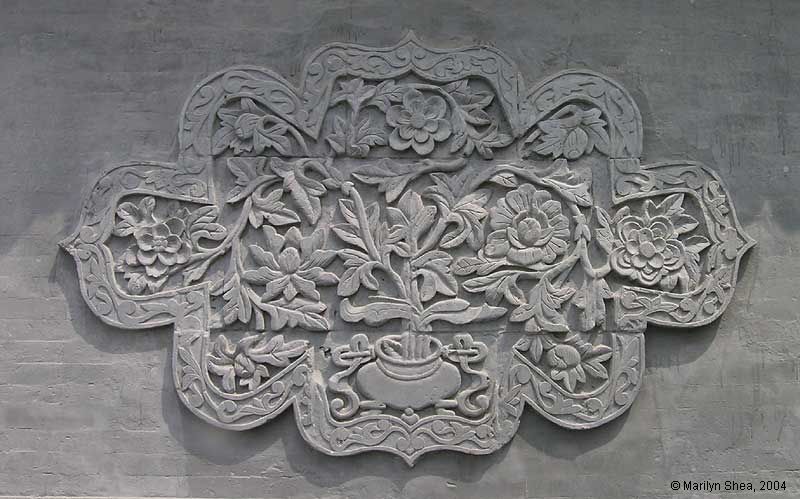 |
| When Baiyun Guan was opened in 741 it was called 天长观 Tianchang Temple (Tiāncháng Guān), "Heavenly Long Temple". The Tang Dynasty was then in power. When the Tang Dynasty fell apart, the Liao Dynasty (918-1120) was established by the Khitan people of the north who ruled much of Mongolia and what is northern China today. They established several capitals, and Nanjing or the southern capital was built at what is Beijing today. The Tianchang Temple was included in the city proper.
The Jurchen people from the western reaches of Mongolia and central Manchuria pushed the Khitans to the west to establish yet another kingdom. They also adopted a form of dynastic government and called their dynasty Jin (金代, Jīn Dài, 1115–1234). What had been the southern capital of the Liao became the central capital, Zhongdu, for the Jin. Their southern capital was at Kaifeng. During the Jin Dynasty, it was renamed the Tai Ji Temple 太极宫 (Tàijí Gōng), "SupremeTemple". In 1211 Genghis Khan invaded Jin territory and by 1214 the Jin Emperor had fled to his southern capital of Kaifeng. Genghis Khan then annexed the Jin territory to his own empire and controlled Zhongdu (Beijing). Genghis Khan, having heard of Quanzhen Daoism, sent for Qiu Changchun 邱长春 (Qiū Chángchūn). After he met with Qiu Changchun, the Khan asked him to lead what was then called Tai Ji Temple, so it was renamed Chang Chun Temple. 长春观 (Chángchūn Guān). When Qiu Changchun died and became an Immortal, his followers built Chu Shun Hall 处顺堂 (Chùshùn Táng) in his honor. Kublai Khan subsequently finished the task of conquering the southern portion of China and established the Yuan Dynasty (1271–1368). Kublai Khan established his capital at Zhongdu (Beijing) and changed its name to Dadu. The city he built was several kilometers north and east of the old center. Chu Shun Hall 处顺堂 (Chùshùn Táng) was the only hall to survive the fire that destroyed the temple at the end of the Yuan Dynasty (1368) when the Ming forces invaded Dadu. The Temple was rebuilt around the hall and was renamed "White Cloud Temple" Baiyun Guan 白云观 under the Ming Dynasty. And, of course, Dadu was renamed Beiping, and then Beijing when, in 1407, the Yongle Emperor decided to move the capital from Nanjing. Construction on the new city was completed in 1420. Relief sculpture medallions of flowers decorate the two side wings of the Mountain Gate, the main gate into Baiyun Guan which was built in 1443. Both medallions are versions of the tree of life symbol. The gate is shown on the next page. |
 |
http://hua.umf.maine.edu/China/beijing2.html
Last
update: October 2009
© Marilyn Shea, 2009